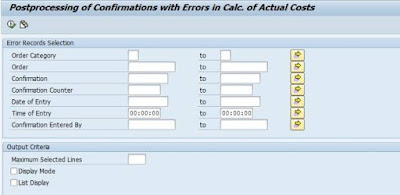Assumption: Reader is aware of basic "Automatic Payment Process" concepts.
Most of us are familiar with online banking transactions. There would be thousands of bank transactions happening 24/7. Did you ever think, how does payment reaches a bank/payee, if it is done on a bank holiday or on a Sunday (Global holiday in most of the countries)? Usually banks refer to value date while making a payment to payee instead of transaction date. In case of real time transfers, value date and transaction date are same. In case of payments with say check, value date may be in future as well. Aligning this kind of requirement to SAP, usually payments are handled in SAP through automatic payment program (F110) or manual payments (F111). To understand the complete process in a better manner, first we need to understand few terminology used in payment process.
Payment media: This is the means of communicating the payment related information to bank. This would have information like payee details, bank account, amount to be paid etc.
Most of us are familiar with online banking transactions. There would be thousands of bank transactions happening 24/7. Did you ever think, how does payment reaches a bank/payee, if it is done on a bank holiday or on a Sunday (Global holiday in most of the countries)? Usually banks refer to value date while making a payment to payee instead of transaction date. In case of real time transfers, value date and transaction date are same. In case of payments with say check, value date may be in future as well. Aligning this kind of requirement to SAP, usually payments are handled in SAP through automatic payment program (F110) or manual payments (F111). To understand the complete process in a better manner, first we need to understand few terminology used in payment process.
Payment media: This is the means of communicating the payment related information to bank. This would have information like payee details, bank account, amount to be paid etc.










